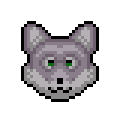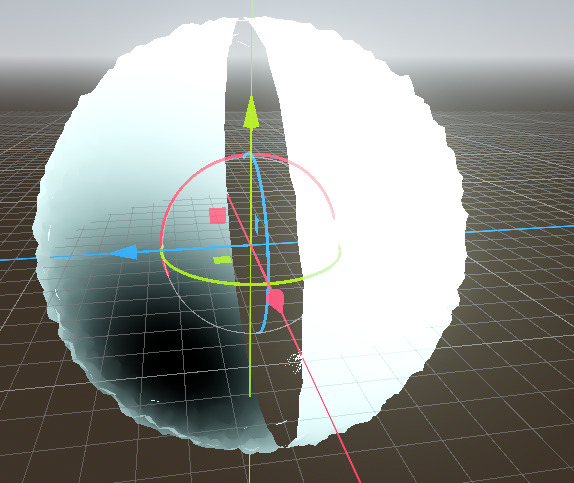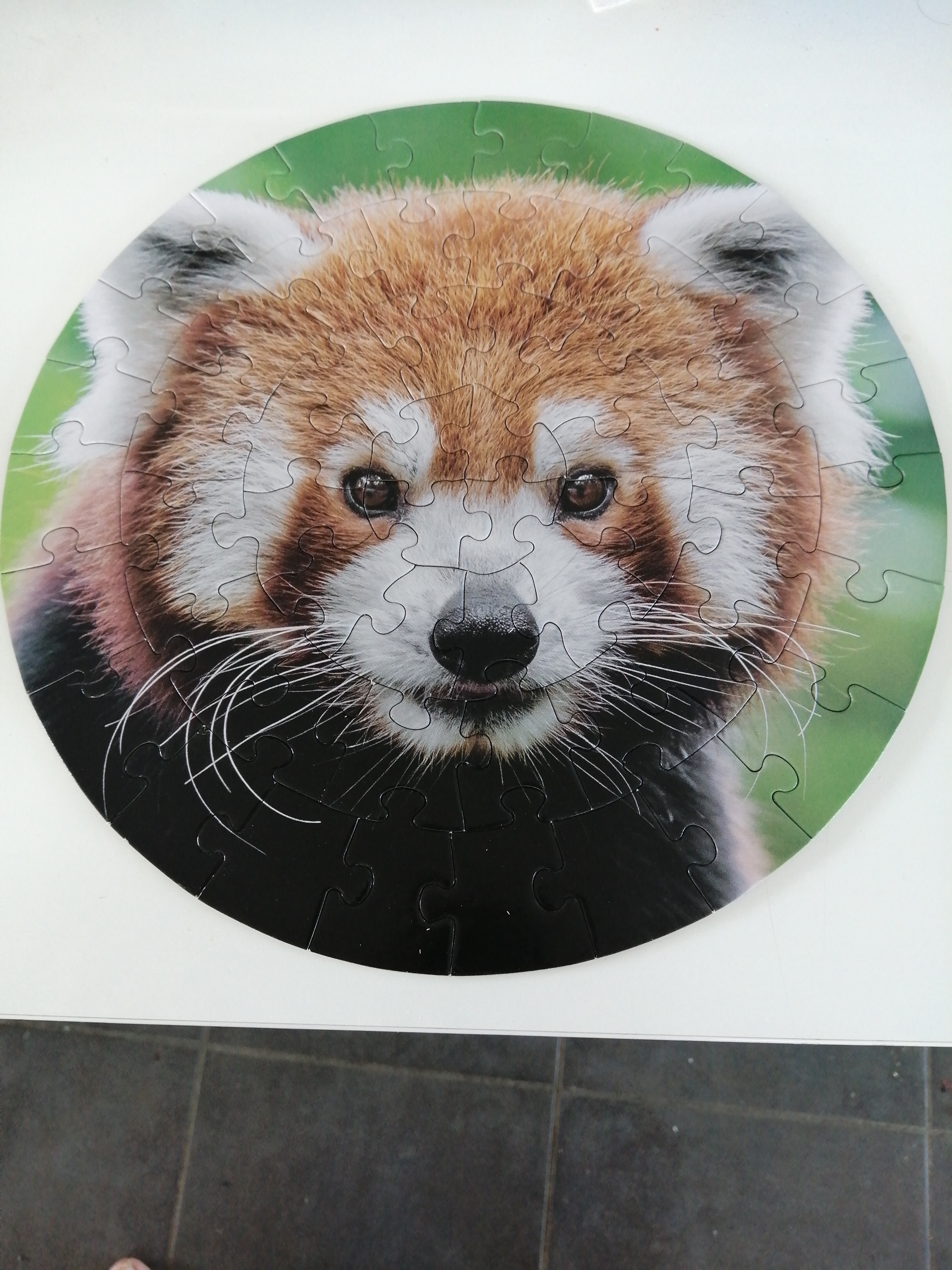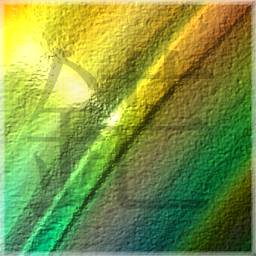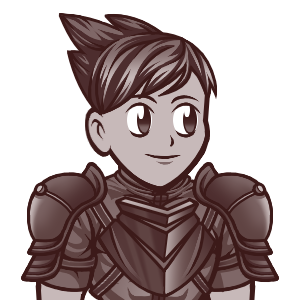Doesn’t have to be ambitious or even ever released. Just curious to hear your ideas and techniques. Screenshots are welcome!
Pretty dang ambitious, but I’m mostly building out a 3D world in Godot how I see fit.
I’ll start. I’m working on a top down roughly ww2 era RTS. I have two main gimmicks:
The first one is that the front line is persistent, allowing you to start a battle whenever to advance/skirmish/capture equipment/whatever, or be forced to defend when the enemy decides to attack. You’re squads will be where you left them allowing you to prepare defenses in advance and having to think ahead of how the situation can change (and be forced to improvise when it does).
The second gimmick is that you can design you’re squads as you want. You can for example spread out smgs so that all squad leaders have one, improving the close range firepower of all squads. You can also give all you’re smgs to a single squad, making it excel in close quarters, but limiting its efficiency at range and the close range efficiency of other squads.
I want the player to solve their own problems, if they are facing tanks then they can raid the enemy at night and try to capture an At gun, or they can position themselves is forest where tanks can’t reach/are vulnerable to infantry.
I’m working on a Pokemon-like turn based game system I can customize and use across multiple game projects. There’s a base set of code that handles shit you’ll always have like loading a mon and its model into a battle scene or basic stuff for cutscenes, then you customize the game mechanics on top of that. So ideally the games made with it won’t come out feeling too similar. I plan to open-source at least some of the base code.
Last project I worked on is a Sonic-like game. Didn’t get much done, just constant fiddling to get all the physics working.
Before that, was working on an RPG, which has a ton of fiddly menus I need to make…
Sadly, I tend to stop working on things during bouts of depression, and pick up something new later, so I’ve not really finished anything or even got to the point of making content…
I wish we could go back to the days when gamedev was happening on DeviantArt or Newgrounds and it was just a bunch of kids doing fun and slightly cringe stuff. ;_;
I feel ya, the only thing keeping me to this project is that I am building it in Java, and I am a Java developer professionally. I am able to create progress reliably and have the tools to get things done. However before this I must have atleast 20 projects that I forgot within a week.
My only tips is to work with tools you are comfortable with, and lower the scale down a lot! Like really a lot, you should have something that is playable within a week, else you’ll lose motivation.
I’m creating a bullet heaven. It will have incremental, and tower defense elements. The big feature is that users will create their own bullet patterns from BulletML scripts. Those bullets will interact with the world and NPCs in different ways. For example you shoot fireballs over grass, it’s gonna set it on fire, and turn into a tile of dirt.
That sounds awesome! Is it far enough along that there’s somewhere I could follow your progress?
No, not yet sorry. I’ll try to make some posts here, once it’s a bit more fleshed out.
Basically just this:

I’ve been working on a solitaire roguelike!
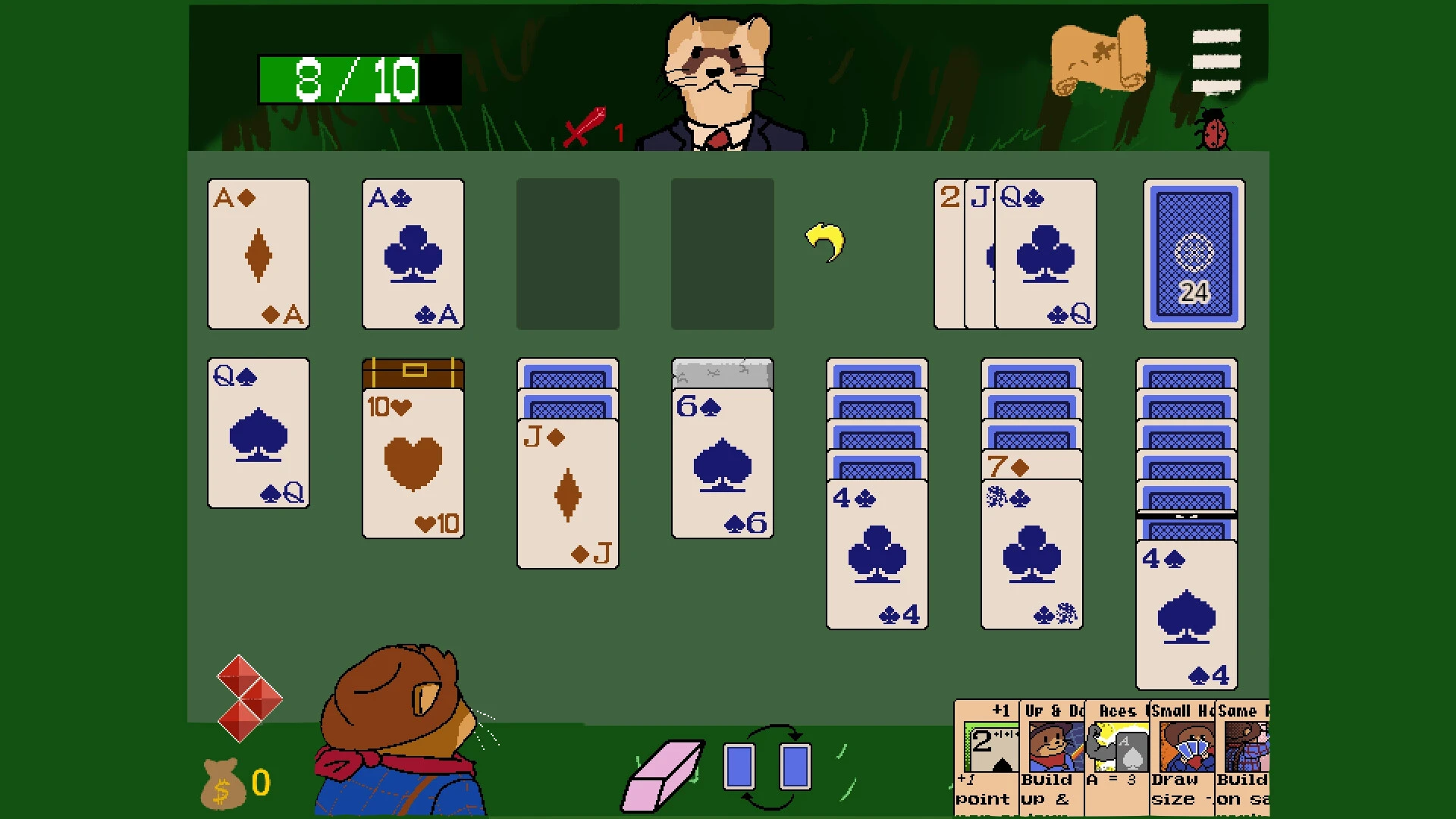
The open alpha actually started last month, and right now I’m working my way through the many bug reports.
I’m just on a break from working on a game for a PhD student’s research project in psychology.
It’s a sort of work simulator where you play as an internet fact checker for an old county music artist looking to make a comeback. The goal is to stop him from posting things online that are misinformed or blatantly wrong.
The whole thing takes place in a sort of remote login desktop running an operating system called Howdy OS, and you interact with the artist through an instant message interface, so naturally I’ve been having the most fun designing the UI and the interactions.
The messages are constructed similarly to Obra Dinn - you collect evidence and populate a template, then send it. The artist responds depending on what’s right or wrong about what you send. It’s not AI or anything, it’s just very very written 😅
The purpose of it is to teach criticality to people, try and help them understand how to evaluate and verify information online instead of just taking things for granted. We completed the first pre alpha testing before Christmas and it’s been received well so far! Excited to get into the next steps now.
No game project at the moment. I guess there is one main idea for a simple game I would most likely do.
I’ve participated in a game jam last year with a friend. We plan to do so again this year. February has a game jam for blind players I joined. Maybe it will be that one, maybe I will do something alone, or maybe it will end up with nothing from me.
I’ve been working on a online multiplayer simulator for the new(ish) card game Elestrals for a year now. It’s Pokémon meets Yu-Gi-Oh with a bit of Greek mythology sprinkled in, with my favourite mechanic being that your health is your resource. You can blow it all on a power play or conserve your health and strike when you spot an opening.
It’s almost done and I’m really proud of it. Obviously excluding the programmer art, the only thing left to implement in the engine is displaying stat changes client side and… The functionality for every card they’ve printed. No biggie lol.
The problem is they announced an official one and it really killed my motivation. That’s still a problem I have yet to overcome 😅
I haven’t done much. Only techniques so far, which is mostly just vertex colors+low-poly. The meshes are made with the color in-mind (+painted at the same time), also real-world reference scale. Game engine I’m using is Godot.
I’m trying to make a comprehensive set of general-use materials, ideally for an import script. If I use textures, there will not be many. In-engine noise works for some things, I am happy with a metal material and somewhat with glass materials. A billboardY material also works great (distance fade allows it as an easy ‘interact’ icon in 3D).
Not so happy with transparency or object scale (and still needing to mess with UVs), I made a visual shader material that allows adding a color for models that don’t have VC (specifically: textmesh)… I tried to use a shader for a pitted stone with fancy lighting, it didn’t turn out how I wanted and it seems like the possible complexity is too much for me.
More recently I’ve attempted to bring in grayscale watercolor to break up the flat color of the VC. Taking a picture with a DSLR, turn it into an optimized 512x texture. I tried to do a matcap but that didn’t work (maybe the matcap shaders I found weren’t right for non-metallic), a splatter texture seems to be alright. Gives away seams easily, default triplanar is not great either.
I might do unshaded stuff (with-or-without manual VC shading), but I haven’t tried vertex lighting yet. Though I will likely do a mix of styles, especially with obvious reasoning.
I had some example images uploaded but unfortunately my instance currently has all images broken. What I have isn’t much and it isn’t even very cohesive yet, anyhow.
Also, Spyro is one inspiration for these techniques, and I will probably make a vertex color skybox eventually.
-----
I am using Nim-lang via GDextension, also waiting for Godot 4.4 to release because of Jolt physics (I’m thinking it will make beginner projects more viable).
Jolt works great in
3.34.3!Neat. I am probably not going to use 3.X though (nor do I want to set up Jolt), and 4.4 is on dev 7 right now (as of ~20 days ago).
I also want to leverage as much as I can from the editor (and have it work smoothly) and later versions offer more. Textmesh is one of those things, probably procedural audio eventually. XR maybe, too (though this depends on my family members figuring out how to unlock dev mode with facebook BS so I can borrow the headset, if they even will figure it out). There are likely many other quality-of-life features/fixes I’m forgetting.
There was a 2D feature in 4.X that I was interested in, but there are viability concerns so it should be obvious that I’m leaning more into 3D given that polygonal art is already well supported there.
For language support I mentioned, it’s there in 3.X too but hasn’t been updated in 3 years.
Oops I meant 4.3 😆 enabling dev mode on the quest is easy, I’ve done it a few times!
Oops I meant 4.3
Alright. For what little I do, I have just been focusing on the stuff I’ve described. The last time I tried something with the default physics, I had a door that instantly flied off the hinges into the sky. (I was able to fix it, but couldn’t do much with it due to it being complicated with a characterbody which I assume will be similar with Jolt)
enabling dev mode on the quest is easy, I’ve done it a few times!
EDIT: On top of what I said below, I think the facebook–>meta transition might be an issue too. They might’ve even originally been using an Oculus account.
Issue is they haven’t used it in a while so that causes issues with the account to unlock it. That and the fact that there is even the hint of it being restricted to someone part of an organization (I am not sure if it’s even still true or if they really just don’t check) sounds overcomplicated at-best and something they will be wary/scared of doing at-worst.
This is not the newest device, I thought I had read that the firmware had opened this up. I got to use the menu for less than a minute (cool hand tracking+overlay and even the grainy AR display was my sort of aesthetic) and decided to apply an update thinking it’d just reveal dev mode in the settings… after the update it seemingly couldn’t do anything other than spinny loading circle (I didn’t see how to get to the settings again).
I was lucky there, I still regularly use my Rift S so my account was at least current. That’s a weird problem… we’ve been updating so thankfully don’t have any need for the older (standalone) headsets
Pictures I already had:
1st one, the room is made via a gridmap (4 tiles so far for hallways/rooms, not counting a generic cube).


This one is a desktop screenshot, but the models in the background are VC (the eye was made in Godot 2D as well, animated)

Animated eye
This was using the feature I mentioned likely won’t be viable.
Working on a game in the same genre as Harvest Moon or Stardew Valley. Not sure how far I’ll take it, but so far has been a good way to learn Godot.
I’m working on an RTS too, there isn’t too much to show yet.
The “inspiration” is supreme commander and other RTS being low on the complexity and planning aspects.
The approach I have seen in the industry is that people take AoE2 and starcraft as a baseline and then switch out or improve different elements. E.g. starcraft 2 massively improved unit movement and pathing. I think total biscuit tried to make a mod where resource gathering was “automated” and easier and more recently “battle aces” focuses more heavily on the skirmish aspect. Many opinions I have also heard boil down to “if you remove micro, you remove the game”. And that’s not wrong, I can certainly see the point and the skill differentiation between someone who can and someone who can’t micro their units.
But what I want to see is all of things that people already do “in their mind”, like picking a build order, certain defined “points” in their own “gameplan” that they decide “X units A Y units B is when I should attack”, or “transition points” and steps, and to make all of that explicit.
MTG “deckbuilding” works the same way, players anticipate certain problems and situations and then they build their decks with specific setups in mind and situations that they want to reach, and if they reach those states, victory gets very very close.
Taking all of that into account, surely there are just “strategies” that work better than others and finding those is more interesting or at least equally interesting as micro to me, but basically no games give you any tools or help to actually do it. You basically have to take out pen and paper to write down what worked in your last game, what didn’t.
What would a game look like that gave you ALL the planning tools and performance metrics?
To me, that’s where the modern “big scale” RTS fail, or rather, why they don’t interest me.
And also, once things are “perfectly” planned and prepared, there are always ways to introduce e.g. random failure into plan steps to keep players solving “micro” problems, they would just happen in a different place.
I’ve been building an email parsing application to put online as a saas platform. I’d partnered with a business that would use it to solve the problems they have been having to justify. I’m so close now to putting the MVP online. I was hoping to get there by xmas but didn’t quite get enough time.
My goal is to kick off building a game for my 3 year old which will be a car simulator. The purpose to learn Godot.


